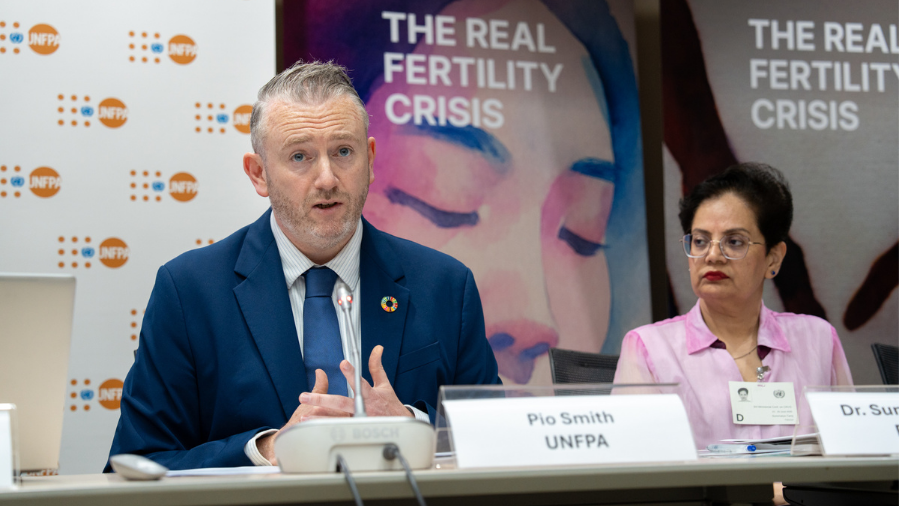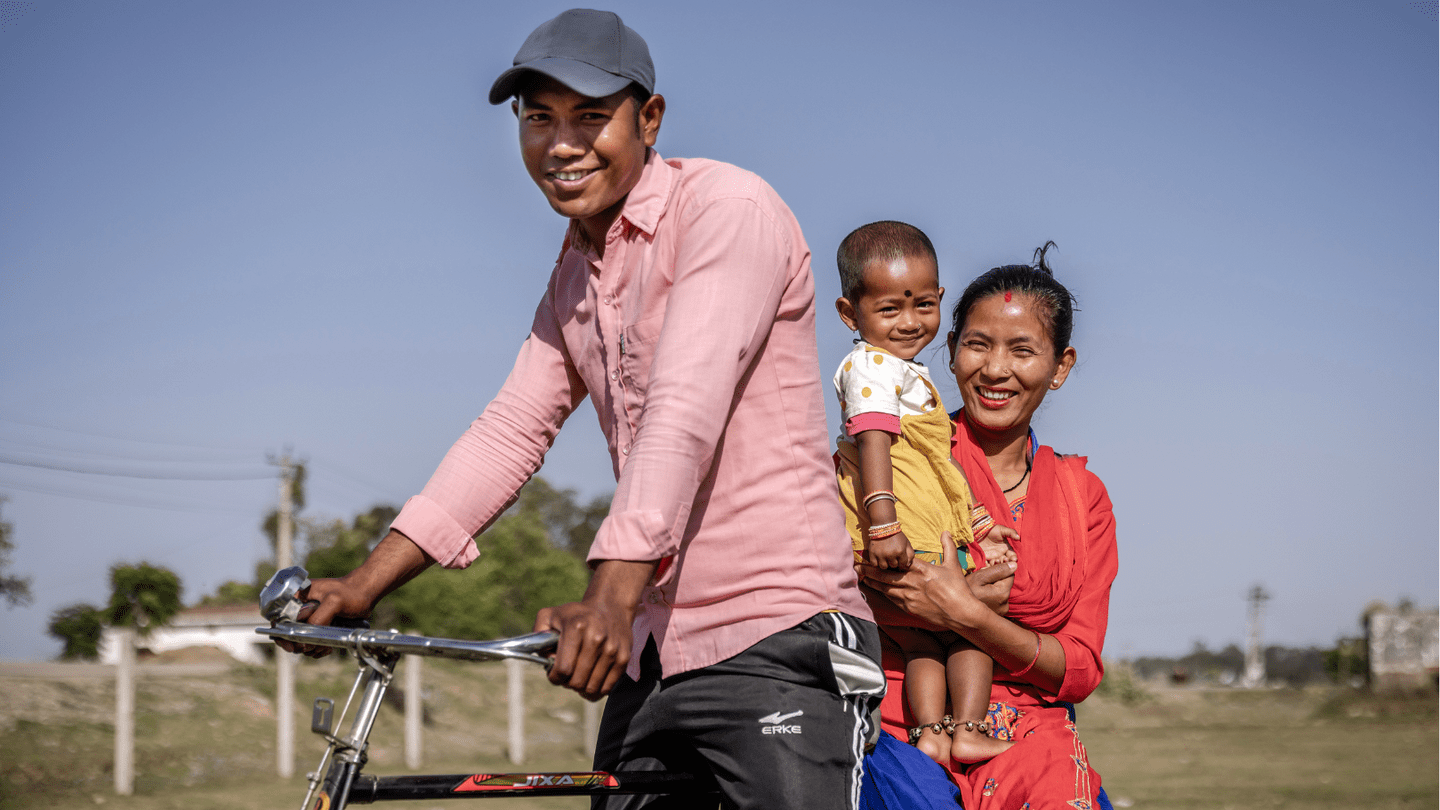BANGKOK, 25 June, 2025 – The real fertility crisis gripping countries across Asia and the Pacific is not about birth rates being too high or too low – it is about people being denied the power to make choices about their own bodies, futures, and families. This is the core message of UNFPA’s 2025 State of World Population report, ‘The real fertility crisis: The pursuit of reproductive agency in a changing world’, launched in Asia and the Pacific at the Third Asia and the Pacific Ministerial Conference on Civil Registration and Vital Statistics in Bangkok, today.
This isn’t a crisis of ‘too many’ or ‘too few’ births – it’s a crisis of denied choice,” said Pio Smith, UNFPA Regional Director for Asia and the Pacific.
“We cannot assume that birth rates reflect people’s desires when so many are held back by gender inequality, economic pressure, or lack of access to healthcare, information, and services. Fertility rates may fluctuate, but the universal right to reproductive freedom must remain constant.”

The global report finds that rising economic insecurity, unaffordable housing, and unpaid care burdens are deterring people from having the number of children they want, even in countries with accessible health services. In contrast, early marriage, lack of contraceptive access, and social stigma still drive unintended pregnancies across Asia and the Pacific.
UNFPA warns against both simplistic and coercive responses to population shifts, such as baby bonuses and fertility targets, noting that these measures are not only ineffective but violate human rights by denying individuals and couples the right to reproductive freedom and choice.
Instead, governments are urged to focus on rights-based solutions by:
- Investing in affordable housing, decent jobs, and parental leave
- Expanding access to the full range of reproductive health services and accurate information
- Offering better choices for parenthood to single people and discriminated groups, including people with disabilities and LGBTQIA+ individuals
- Tackling restrictive workplace norms and gender stereotypes
Gender inequality also remains a persistent barrier to reproductive autonomy. Women are often pushed out of the workforce due to caregiving responsibilities, while men face stigma for taking on active parenting roles.
A tailored mix of economic, social, and political measures is needed across countries to help people start or grow the families they want. As countries across Asia and the Pacific navigate complex demographic shifts, UNFPA stands ready to support with evidence, technical expertise, and a shared commitment to realizing rights and choices for all.
For more information:
- Access the UNFPA report “The real fertility crisis: The pursuit of reproductive agency in a changing world”: www.unfpa.org/swp2025
- Learn more about the report launch events: asiapacific.unfpa.org/swp2025
- For more information about UNFPA’s work in Asia and the Pacific: asiapacific.unfpa.org
- For more information about UNFPA and our work globally: www.unfpa.org
Media contacts:
Katie Elles: elles@unfpa.org
Randima Jayasinghe: jjayasinghe@unfpa.org
About UNFPA and the State of World Population Report:
As the United Nations sexual and reproductive health agency, UNFPA helps people obtain contraception and life-saving reproductive health services and information and empowers women and girls to make informed decisions about their bodies and lives. It also helps countries use population data to better understand and harness the opportunities that can come with demographic change.
The State of World Population report is UNFPA’s annual flagship publication. Published yearly since 1978, it shines a light on emerging issues in the field of sexual and reproductive health and rights, bringing them into the mainstream and exploring the challenges and opportunities they present for international development.


